Three Apps to Digitize Math on the Go

Whether you’re a student, a working professional, or anything in-between, there’s a good chance that you’ve struggled with math at least once in your life. Now, imagine if you had the ability to instantly scan and solve the calculation that was in front of you and then have the necessary steps broken down and explained? For those who struggle with math, or for those who simply don’t have the time, these types of apps are an absolute godsend, but not everyone even knows this type of app exists! So, without further ado, we are going to look at three of the best math calculator apps that are available today.
AT Help Desk Launches a Podcast, “We Have Solutions!”

The AT Help Desk has officially launched a podcast!
“We Have Solutions!” is a monthly podcast about assistive technology, disabilities, and breaking down barriers to accessibility through one-on-one interviews, news, reviews, and more. They’ll talk to a range of guests from within various disability-related communities including assistive technology users, experts in the field, and everything in between.
5 Apps to Record Lectures or Meetings

With virtually every smartphone on the planet coming pre-built with recording technology, it’s never been easier to record in-person lectures or meetings. But with so many choices being available, it might not always be easy to know which app is best suited for your needs, so today we are going to look at 5 apps that are worth considering when it comes to recording in-person meetings and lectures.
Kids ToDo List: A To-Do App for Children
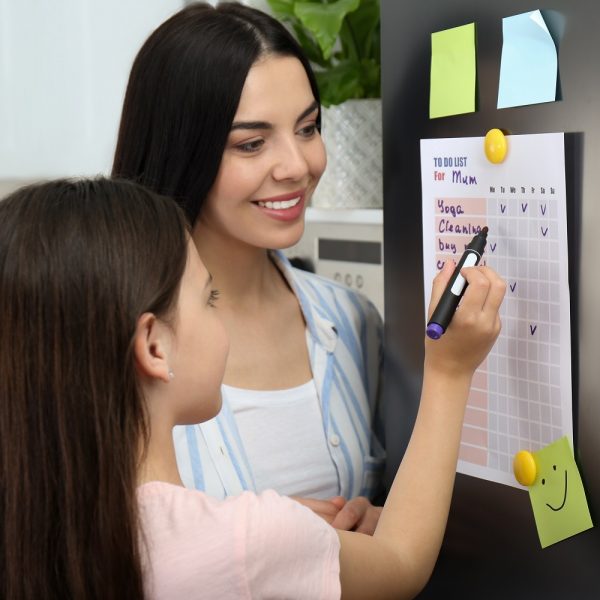
Keeping kids consistently on task is no easy feat. Kids need reminders, rewards, and endless patience to keep them on track. And right now, under the current COVID-19 restrictions, many parents are being forced into the role of educator as well as parent. While this is hopefully a very short-term solution, there are some apps and strategies that can make it easier for parents to stay on top of their children’s daily activities and responsibilities, both at home and at school.
4 Apps for Home Learning in 2022
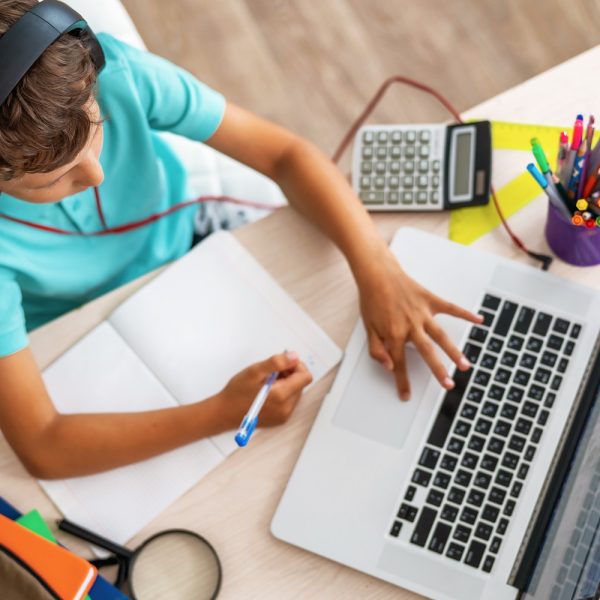
Home learning is something that we’ve talked about before, but with the recent COVID-19 related school shutdown announcements in New Brunswick, we thought it would be a subject worth revisiting. While the current situation is far from ideal, the good news is that there are many fantastic apps available that are designed to bolster at-home learning, and some of them are even free. So, without further ado let’s explore some home learning apps that are worth looking at in 2022.
Accessible Switch Research Study
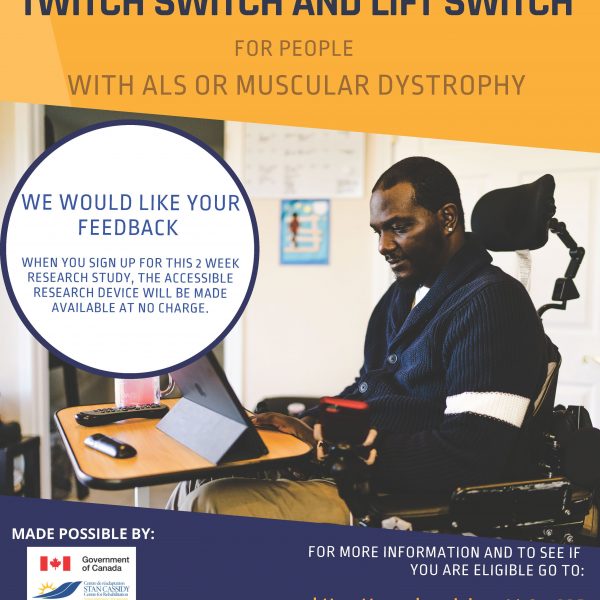
Our friends at the Stan Cassidy Centre for Rehabilitation are recruiting Canadian subjects to test two new assistive switch designs. If you have ALS or Muscular Dystrophy and would be interested in participating, see below. Even if you are ineligible to take part in the research, there is an opportunity to help improve the designs, which will be released on the Makers Making Change library when the study concludes.
Dexteria Dots: Strengthening Motor and Math Skills

Teaching math in a fun and engaging way is no easy feat, especially when it comes to young learners. And, when it comes to teaching these young learners, presenting math equations in a visual format seems to net the most success for the majority of learners. Taking a tactile approach to math is another common route for teaching young learners, and the app that we are looking at today seeks to combine those two approaches to create a learning app that is equal parts tactile and equal parts visually based.
Chore Pad: Digital Chore Tracker
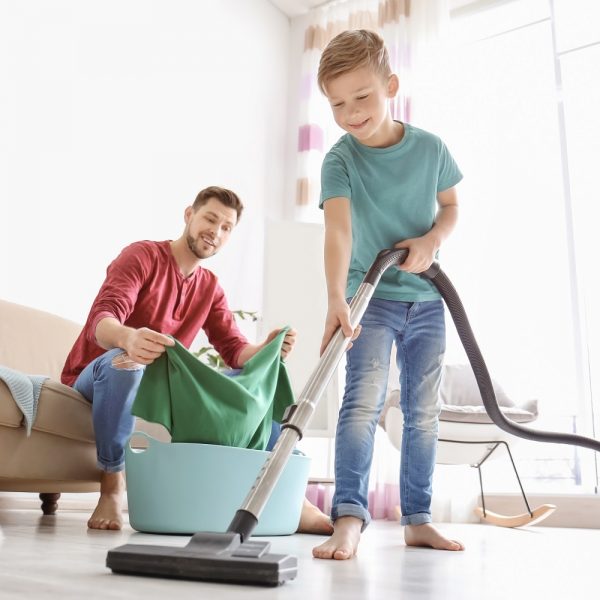
If you’re a parent, then you’ve probably introduced the concept of chores to your children. As parents we all tackle this subject differently, but regardless of individual parenting style, chores are inevitable. And for new parents, the process of teaching and then reinforcing habits can be difficult, and rewarding those good habits can be expensive.
Demo Week is Underway
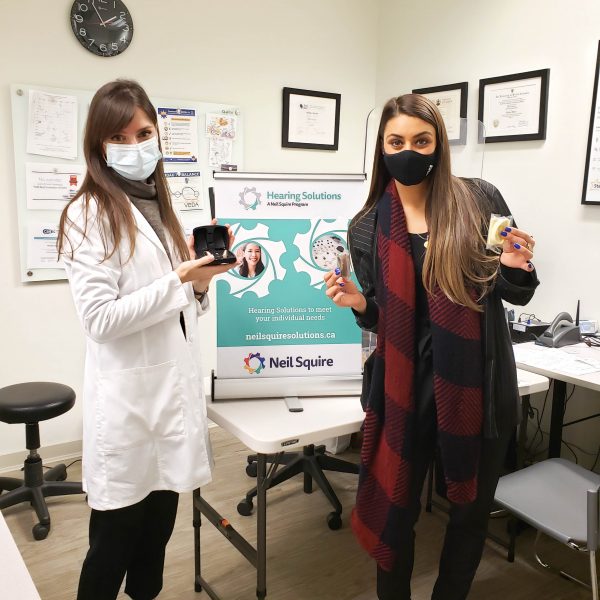
Manufacturer rep, Natasha Lombardo (right) is in our office all week joining Audiologist, Heather Ritchie (left) for our Hearing Solutions Demo Week. We’re offering up to 30% off regular hearing aid pricing as well as a complimentary hearing assessment. If you haven’t scheduled a one-on-one appointment yet, give us a call: 778-945-1215.
Citizen Math: Supplemental Math for Teens
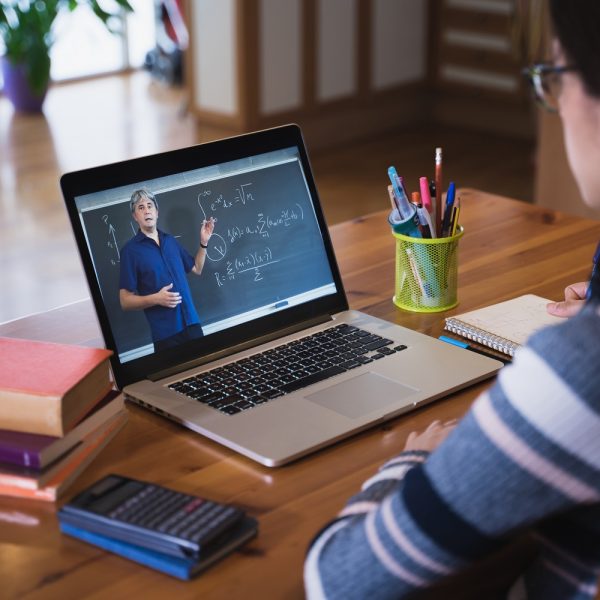
Teaching math in a way that’s engaging and relatable can be a real challenge. The concepts are often abstract and difficult to imagine, and for students with unique learning challenges, certain math fundamentals can present a lot of problems. The website that we are looking at today presents math concepts in a way that students can connect with on a personal, social, and global level.



